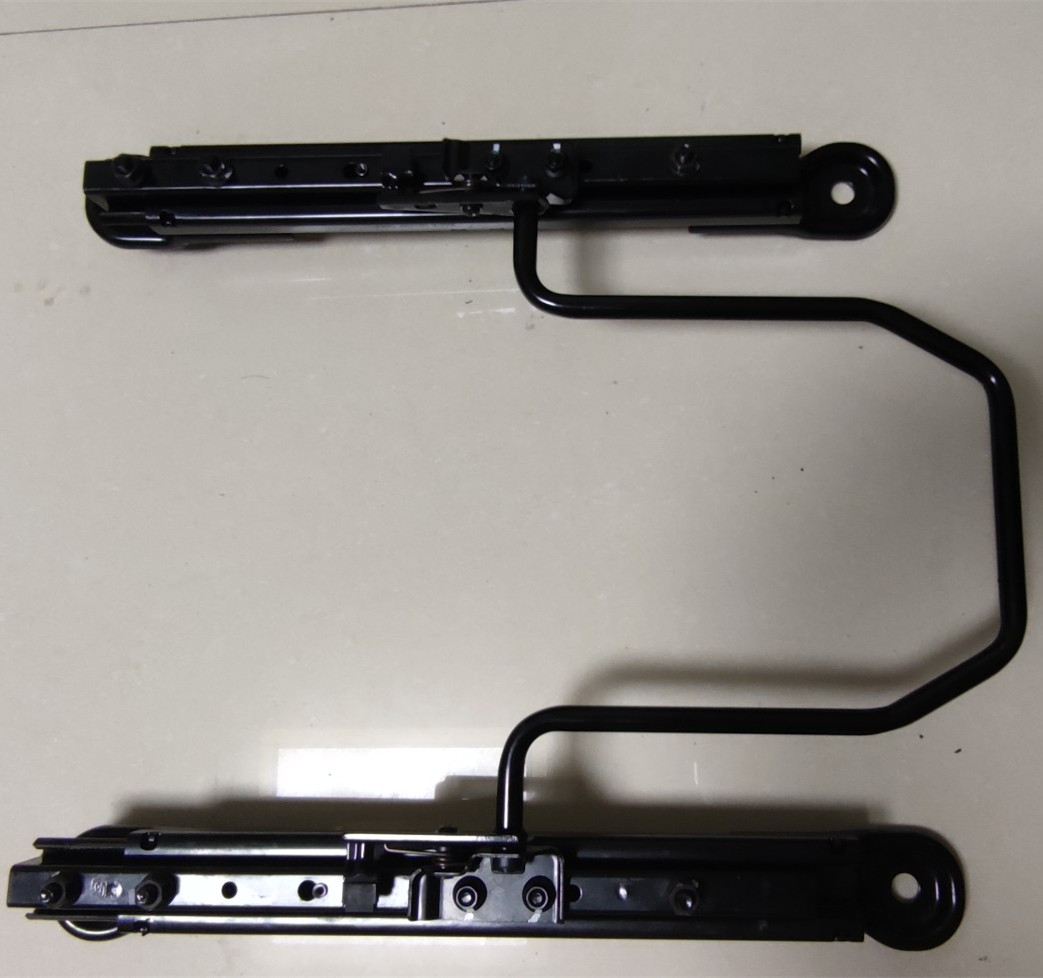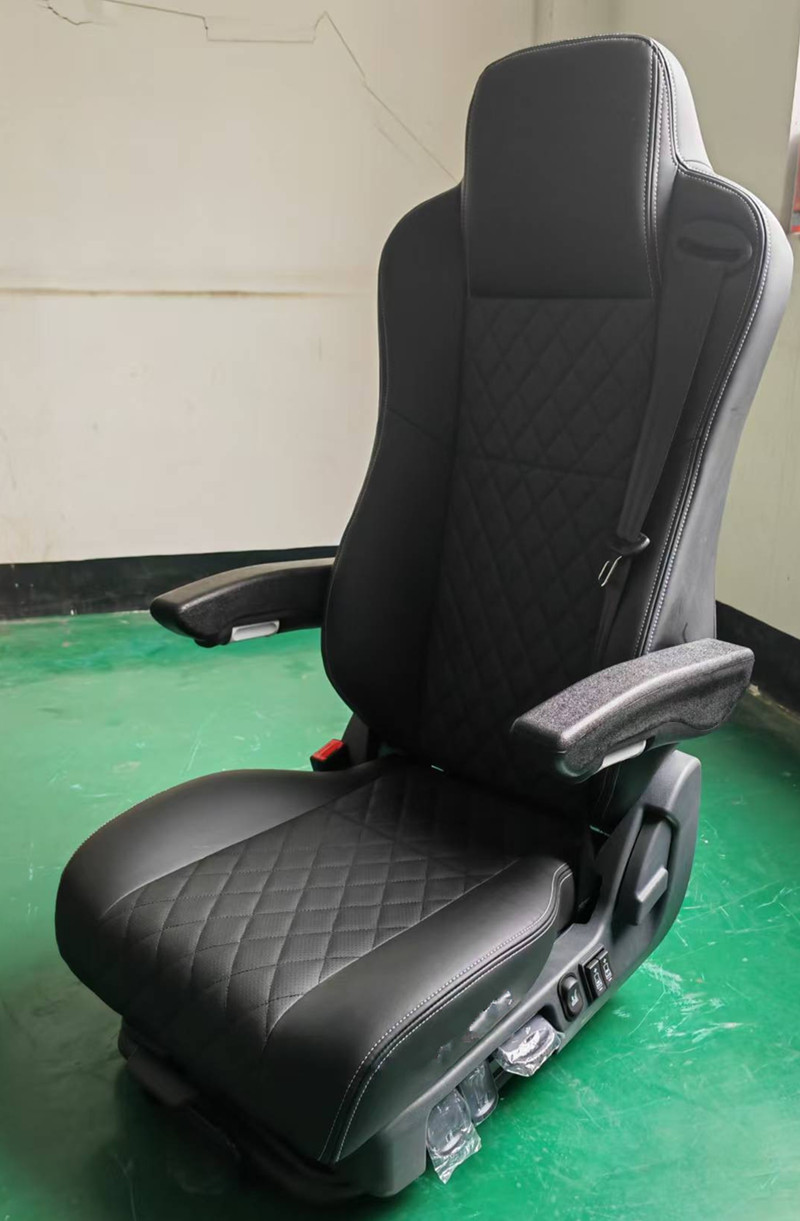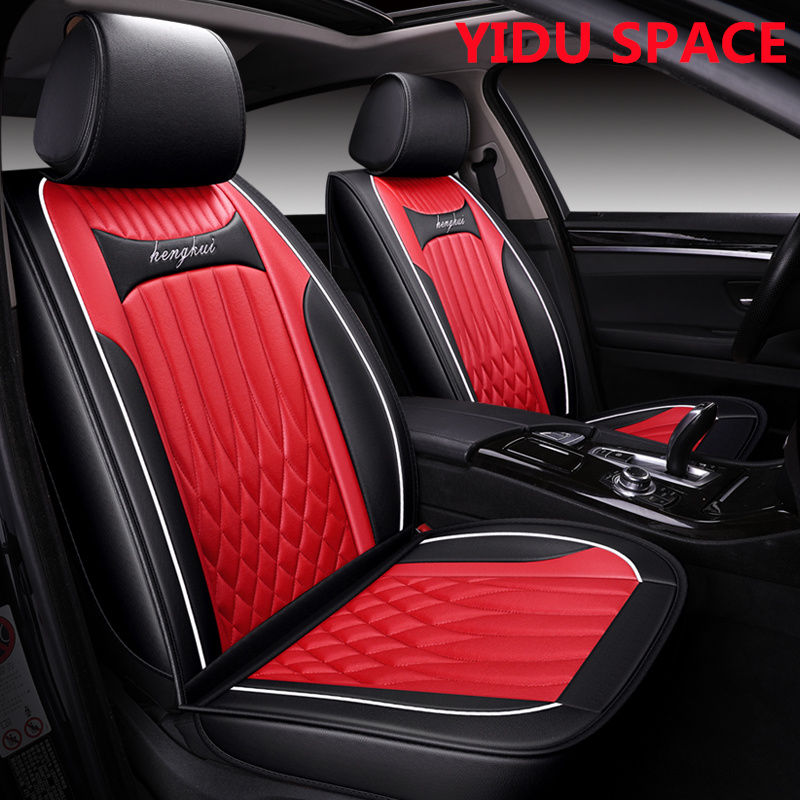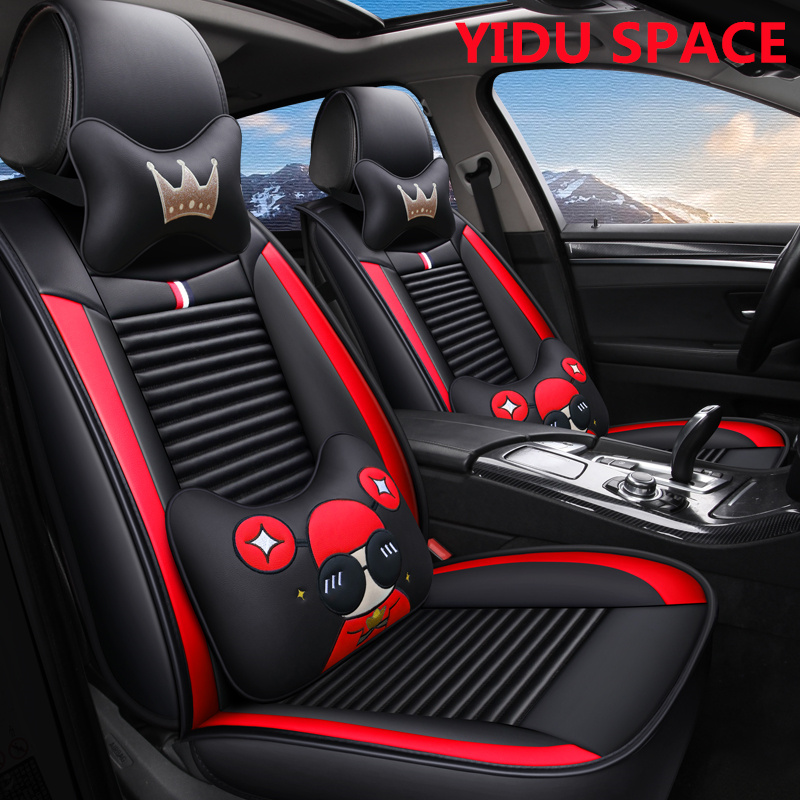Car seat skeleton (2)
car seat skeleton (2)Electric adjustable seat frame
Middle and rear seats:
Unlike the front seats, the middle and rear seats pay more attention to how to play a flexible role in the limited space layout of the cabin.
The rear seats of five-seater small passenger cars were mostly fixed seat frames at the earliest. Although the structure is simple and the cost is low, the luggage space cannot be expanded because the backrest cannot be lowered.The subsequent backrest can be put down to the skeleton. Although the angle of the backrest cannot be adjusted, the backrest can be put down to expand the luggage space by unlocking the backrest lock, which has basically become the standard configuration of most models.As for the backrest that can be adjusted by installing an angle adjuster to bring down the skeleton, although it is more high-end, the strength requirements of the skeleton are also higher.
Models with more than six seats basically need to be equipped with a third row of seats, so the seat frame used in this type of model not only requires that the third row can be inverted, but also requires that the second row seat frame that cooperates with it to facilitate the entry and exit of the occupant has the function of easily entering the overall front flip.
Rear seat frame:
Material selection for weight loss and quality reduction
Automotive lightweight engineering has always been the main trend in the innovation and development of vehicle technology, especially in recent years, with the widespread popularity and rapid development of electric vehicles, reducing the weight of the vehicle can significantly improve the range, and reduce consumers' anxiety about charging and range anxiety in the car. Two major problems.
In auto parts, the weight of the front and rear seats accounts for about 7% of the weight of the vehicle. Considering that the diversification and complexity of car seat functions will increase in the future, its weight ratio will also increase. For this reason, how can car seats, especially the relatively high skeleton part of the whole chair system, reduce weight while ensuring and continuously improving the due strength and quality has become the main scientific research topic of seat system engineers.
Seat skeleton fatigue test:
Among them, the application effect of lightweight materials is obvious, and high-strength steel, magnesium alloy, aluminum alloy, engineering plastics, EPP and carbon fiber all have great potential.However, taking into account the different strengths required for different parts of the whole chair project, no material can independently become the absolute main force in the whole chair. For example, high-strength steel and magnesium alloys are mainly used for core parts such as skeletons, while aluminum alloy is the core part of the slide rail application.
Smart and changeable long slide rail:
Today's car seats are no longer as simple and crude as when cars first appeared in the past, they were only bolted into the car.The first action of most drivers after getting on the car is to adjust the steering wheel and seat to a comfortable position, especially those vehicles used by multiple people. A good sitting posture can make driving easier and labor-saving.The middle and rear passengers who do not involve focusing on the driving process have extremely high requirements for a comfortable riding posture.This makes the seat slide rail a secret weapon to realize the infinite possibilities of the seat system from the time it appeared.






